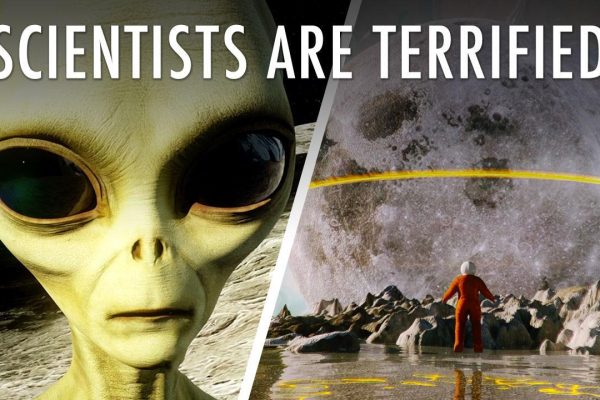
Top 10 Experiments That Break Reality 🔬🌀
Science doesn’t just study reality—it shatters our understanding of it. These mind-blowing experiments reveal a universe far stranger than fiction, where particles exist in two places at once, time flows backward, and empty space boils with invisible energy. Here are the 10 most reality-breaking experiments that prove physics is weirder than we ever imagined. 1. The Double-Slit…









